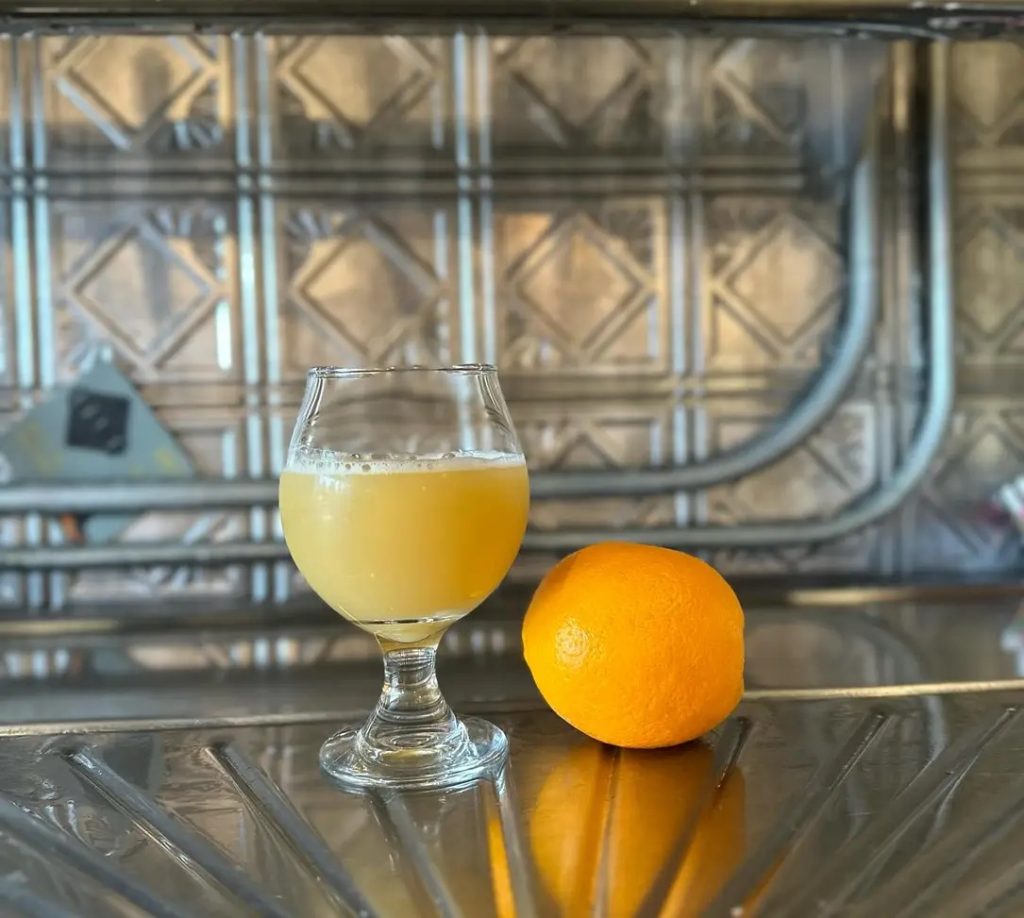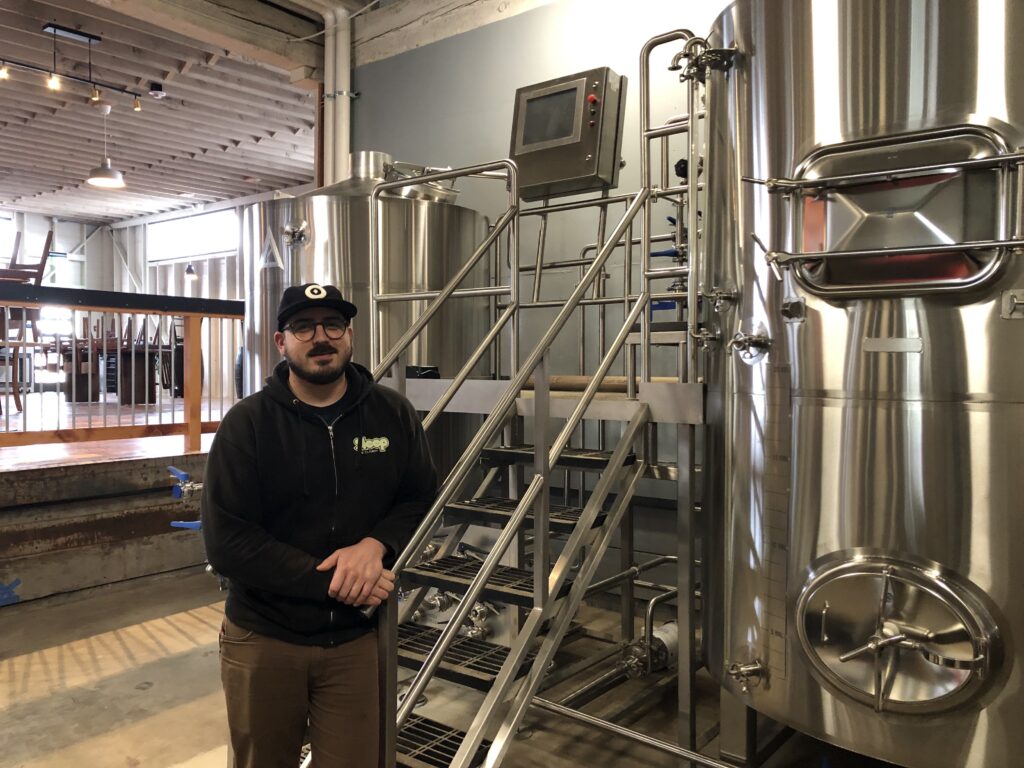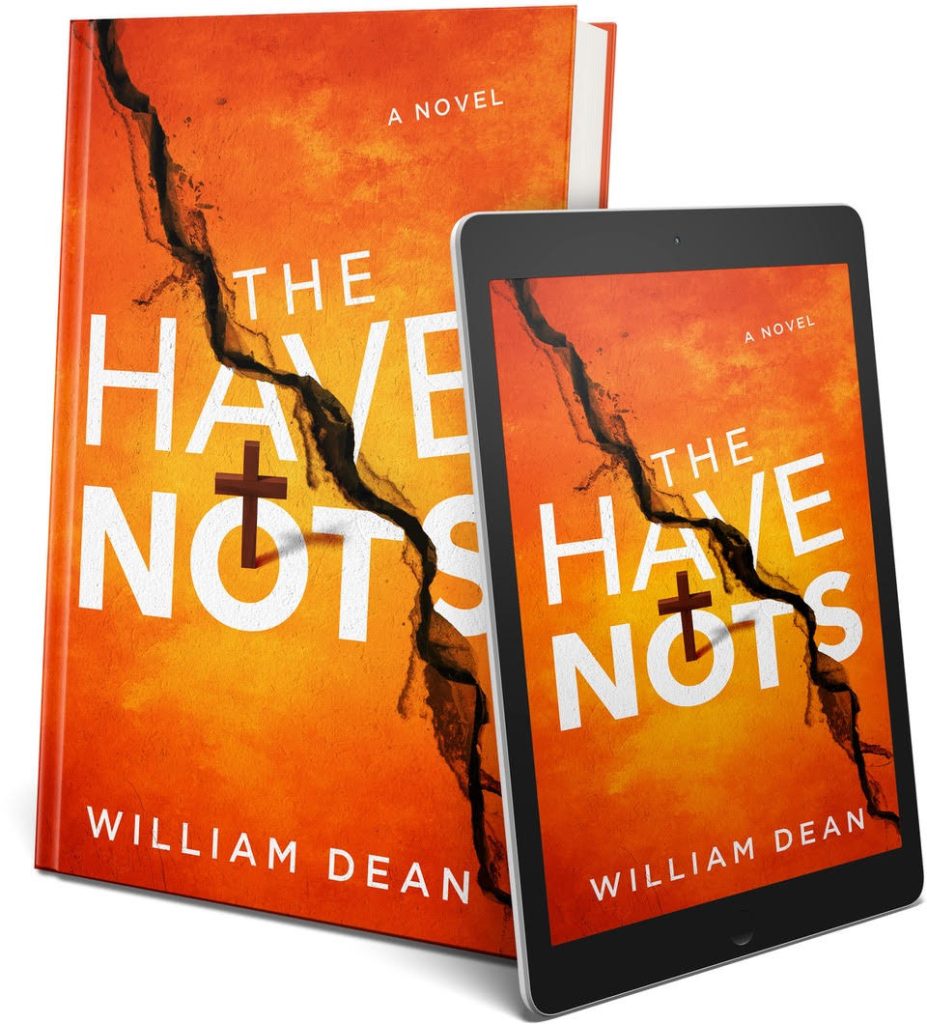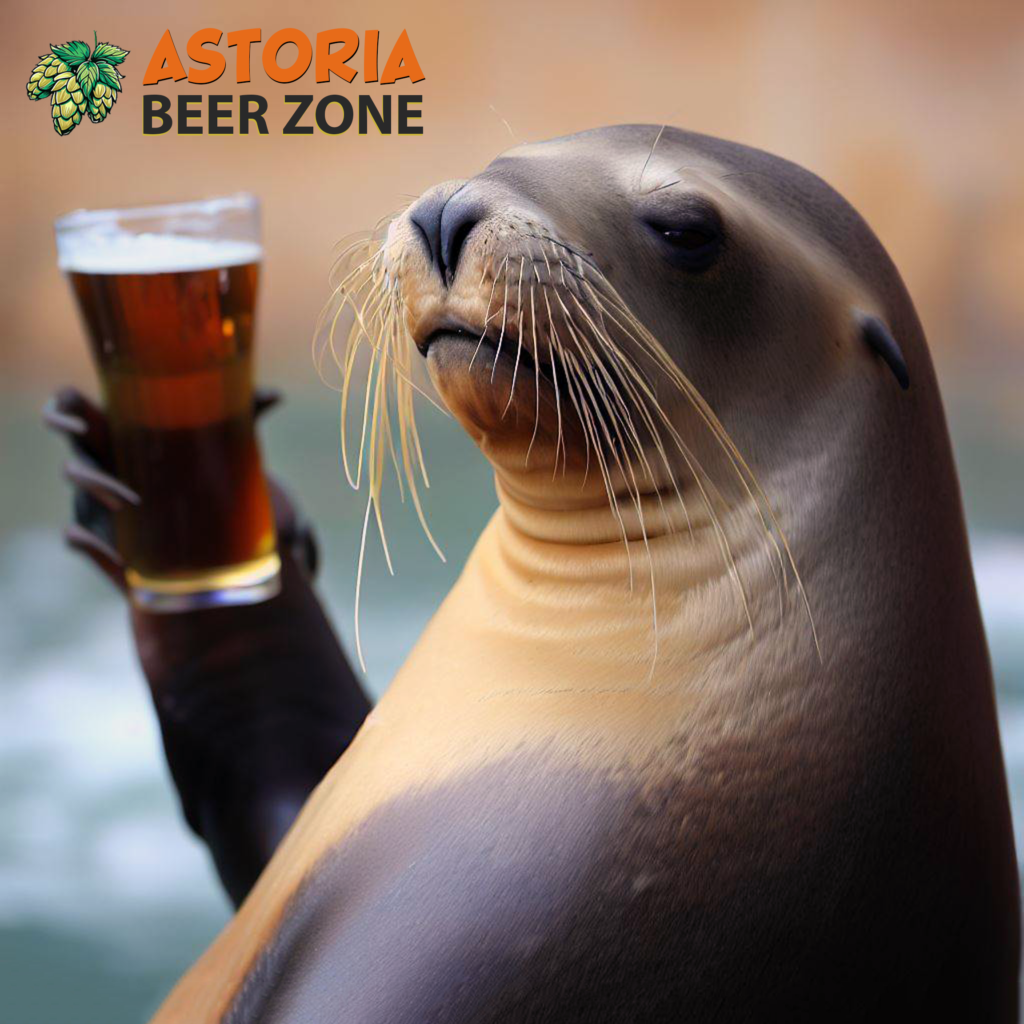When Fort George Brewery opened in March 2007 few could have imagined how transformative the business would be. For the city of Astoria. For North Coast tourism. For craft beer lovers.
Today, the brewery founded by Chris Nemlowill and Jack Harris is a regional powerhouse. Beer production has eclipsed 32,000 barrels a year. There are 160 employees.
Nemlowill grew up in Astoria and attended Clatsop Community College before moving on to Southern Oregon University. In spring 2003, he was caring for his grandmother who’d broken her hip when he decided to kill time by reading books on brewing beer. The fuse was lit. A planned internship at a tech company was soon discarded.
After home brewing in his parents’ basement, he honed his skills at Bill’s Tavern in Cannon Beach (as Harris’ assistant) and later as head brewer at what is now Astoria Brewing.
That first year in the renovated building on Duane Street, Fort George released an IPA named Vortex and the rest, as they say, is history. Nemlowill continues to shape the brewery’s future, most notably with a sprawling waterfront production facility in a former cannery that opened in 2019, the year Harris retired.
Nemlowill lives in Astoria with his wife Zetty and their three children. We sat down with him recently for a candid conversation.
Q: Believe it or not, it’s been 17 years since Fort George opened. When you and Jack started out, what was your vision for the brewery?
A: We were leasing 2,900 square feet and we wanted to have a brewpub. That was the mission. We had no idea what was going to happen, and that we would be basically passing our 10-year business plan in less than two years and needing more space. It was a great problem to have.
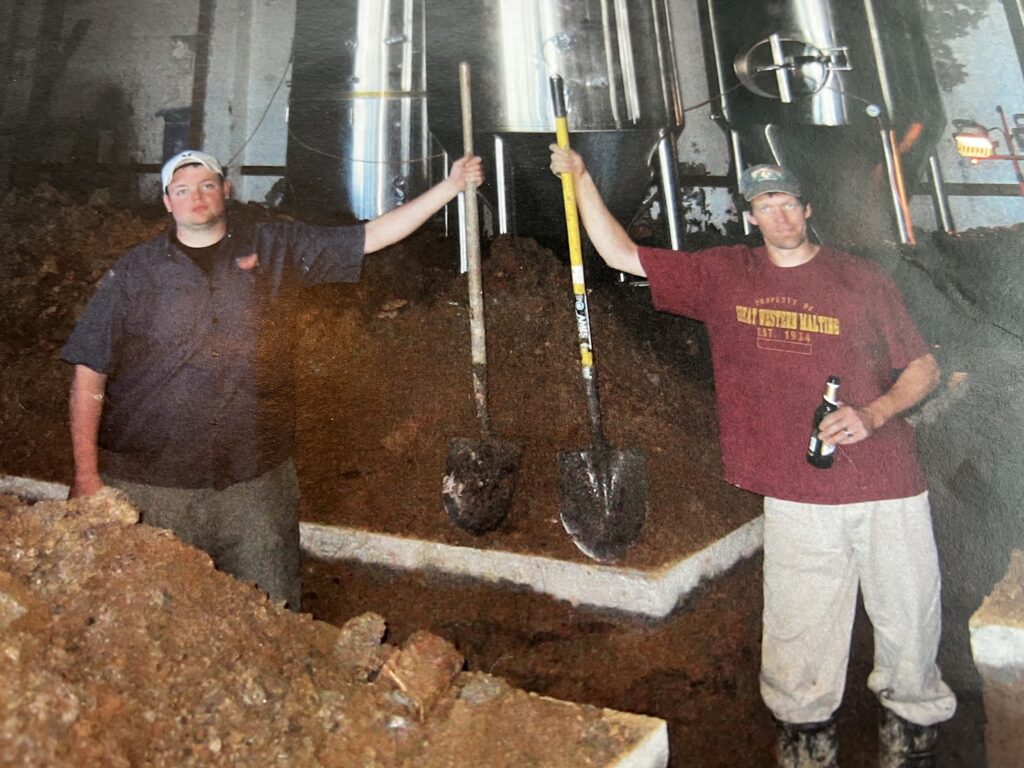
I feel extremely fortunate that we’ve had so many people come out of the woodwork who really want to be part of this, and also so many people who want to spend their hard-earned money on our beer. It’s really an honor, for sure. It’s mind-blowing.
The day we opened, we had eight to 10 employees and about $8,000 left in the bank. It was a sink or swim moment and, fortunately, we just continued to grow and grow and grow. It was like a rocket ship we tried to hold onto and we’ve been holding onto for 17 years.
Q: What does your crystal ball say about the next 17 years?
A: I really feel like we now have our forever home with the waterfront and the downtown properties. The big problem we had, starting really in 2017, was the brewery was kind of overgrowing the pubs and the pubs were overgrowing the brewery and everything was overgrowing distribution. We really needed more space.
I think we got extremely fortunate with being able to purchase this beautiful waterfront property. It’s got a lot of potential to continue to build out over the next 17 years.
Q: One of the things that impresses me about Fort George is its love for Astoria. The whole “Greetings from Astoria” message. Keeping the venues in the city. Where does that loyalty come from?
A: I really feel Fort George is Astoria, and Astoria is our home. I love being in Astoria. It’s the City of Dreams. It truly is a magical place.
I believe a long-term thing that’s going to be extremely important for breweries is a very stable water supply. We have that here. We have one of the best water supplies on the coast of Oregon.
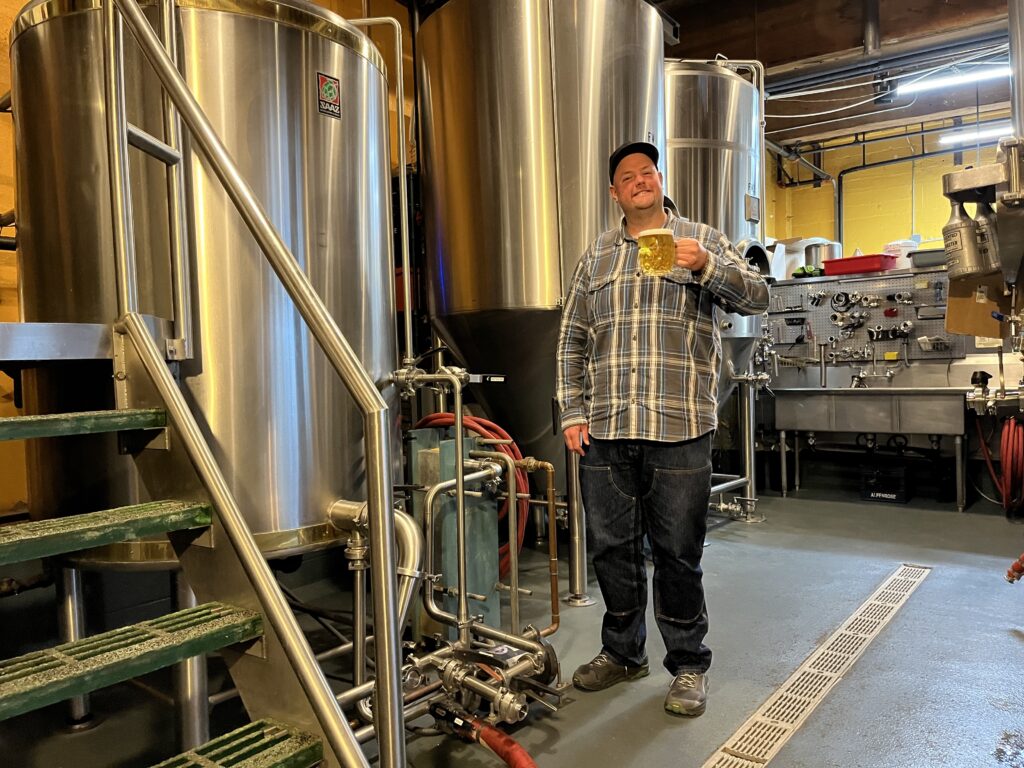
Our water system was built when we were filling the entire waterfront with canneries. It was built to supply about 10 million gallons of water a day. Astoria currently uses less than 2 million gallons. We have a really incredible water supply and really, really soft water. It’s like having the most perfect clean slate to start with. It’s a perfect town for craft beverage production. You need a lot of water.
We only want our beer in the Pacific Northwest. We don’t want to have people drinking Fort George beer in New York. I don’t think it’s good for the beer, for the environment. I believe in regional breweries, bringing in malt and hops, using a really good regional water supply.
So, it’s the water. It’s the town. The ships on the river. You can’t help but come out to Astoria and fall in love with it.
Q: You could follow the example of breweries like Pelican, Breakside and Rogue, and open satellite pubs on the North Coast. Why haven’t you?
A: I wouldn’t close the door on it. If we had someone who was working here and just really wanted to move to another city and the perfect opportunity came up … we’d be open to it. But it’s definitely not our goal, not our focus.
It’s hard to imagine a place serving our beer that doesn’t have a brewery in it. I just believe a true brewpub is a spot where you can see your beer being made. … That’s the connection for me. It’s incredibly special to be able to sit at the bar, watch somebody making the beer that you’re going to drink right there. And then, see them sit down next to you at 5 o’clock.
Q: Vortex IPA helped build the brewery. You’ve called it a “unicorn” because its popularity keeps growing, year after year. What is it about that beer that made it so special, even today in such a crowded market?
A: It was one of the first emerging special IPAs coming from an independent craft brewery. It was really well-balanced with incredible aromatics that wasn’t overly bitter.
But we keep it evolving. We don’t have it be this thing, like ‘Hey, it’s selling great today, so we’re not going to change the recipe.’ We are constantly working on making that beer better. … We just want to make the most innovative IPA we can.
It definitely is lighter in color than the original batch. Less caramel malt, less specialty malt. More of a focus on the hops and the aromatics. We dry-hop it a whole bunch more than we originally did. There’s more late-addition hopping. We’ve decided to go with some slightly different hops that we think are a little bit more innovative – cutting edge.
In April, for the second year, we’re going to do Vortex Month, which is really cool because we do all these different variations on Vortex.
Q: We’re talking at the end of Stout Month, having just staged another excellent Festival of Dark Arts. What are your thoughts about that party and how it’s evolved?
A: It’s the world’s biggest and best selection of stouts. And it’s incredibly special to have a beer festival that’s not just focused on beer, but also on the entertainment. Beer and music together – that’s a winning combination.
For Dark Arts, we have people flying in from Japan, from England, from all over the world to go to Astoria, Oregon. The town feels alive and every restaurant is filled.
Dark Arts is probably one of the reasons Vortex has continued to grow in sales. People come here and get really excited about the things Fort George does.
Q: What was it about brewing that got you hooked in the first place?
A: There’s nothing more satisfying than putting all this hard work into a tank … and you start seeing a bubble, and it comes to life. Then, two weeks later, three weeks later, you’ve got this fantastic beer that people are excited about drinking.
It’s so cool to create something from raw materials.

Q: Was it hard for you as owner to focus on big picture stuff and step away from brewing?
A: [Shakes his head sadly] If you ever want to not brew beer, be the owner of a brewery. It’s the truth. It was a transition that was difficult for me.
I do occasionally still write up recipes and work on some collaborations. I spend a lot of time at the 3-Way [collaboration IPA] meetings and am always trying to evolve our beer in the right direction. I go out for hop selection. I try to be as involved as possible.
Q: Fort George recently introduced its first N/A beverage, a hop water. You’d been pushing that behind the scenes for a few years. Why did you feel it was important?
A: I never try to force my own agenda. I really want people to be on board. … I do not like non-alcoholic beer. Why would you even want to drink a non-alcoholic beer? They don’t taste good. I would like for someone to bring me an N/A beer that they thought was great.
But I really like carbonated water and felt that we could make a better hop water than anyone. It’s never too early [in the day] to drink a hop water. I just see it as something that’s an evolution for beer drinkers to have something that really scratches an itch.
Q: Are you concerned about trends showing Gen Z drinking less beer and a related rise in N/A beer consumption?
A: Not really. There’s still consistent alcohol consumption. …. Yes, people are drinking more N/A beer, but they’re also drinking triple IPAs. I think people want something that’s exciting, that’s more bang for their buck and that’s the best [quality].
Q: What are the biggest challenges ahead?
A: Wastewater is a big challenge. … I believe our city should really embrace the breweries and the fermentation sector and see what the sector has done for our town. The Festival of Dark Arts alone brings over $2 million a year to Astoria. People are filling up hotel rooms, who then pay hotel tax and the hotel tax goes back to our city.
There’s over 700 people who work in the craft beer industry in Clatsop County. The fermentation sector brings over $21 million a year to the county in hotel stays, restaurants… We bring so much to the county and town.
We have three wastewater treatment lagoons that have been there for 50 years and they’ve never been dredged. We have a very old system of aerating the ponds. There are improvements that are needed. We need to go and dredge them out and add additional aeration, and we can probably break down four times as much stuff as they did when it was first built.
In 2020, things changed. Individual breweries were told they had to deal with their own wastewater. Everybody’s going to have build their own wastewater treatment system. I don’t think that’s the most economical or smart way to do it. I believe the wastewater in our town should be dealt with at one location, because that’s how you do it most efficiently.
We’ve had to develop a relationship with a farm, and they’re applying our wastewater over about 600 acres of grasslands for cattle, which is great, but there’s so much energy, so much time and investment in trucking wastewater that I don’t think it’s the right strategy.
It really feels short-sighted to me because of what the fermentation sector has done for Astoria. It’s a major part of the renaissance of downtown. Why would you want to do anything to deter these cool businesses? … A lot of competitors our size don’t have those restrictions.
Q: What’s a typical day like for you now?
A: After 14 years of work, I finally did get a little office down at the waterfront. I have a lot of meetings. … Kind of making sure a company with 160 people is headed in the right direction.

Q: What’s Jack up to?
A: He told me around 2012 that in 2020 he wanted to retire. His son would be about 18 and done with high school, and he really wanted to have more freedom. He wanted to be able to play more disc golf. Ever since we started this thing, we worked, worked, worked. We haven’t had a lot of time off. We would joke that you can never take more than two weeks off at this place because it changes so much.
I totally admire him. He’s been a mentor to me since I first started working for him. When he told me he wanted to work less, we figured out how he doesn’t have to be here every day. He still has some involvement. He still wants to be part of Dark Arts. We still quite often get a beer on Monday afternoons.
Q: When you reflect on your career, what are you most proud of?
A: That’s a good question. [Pauses]. I feel extremely proud the nights that I come in and this place is packed and we’re having a really great time. Our employees are just doing such an incredible job.

